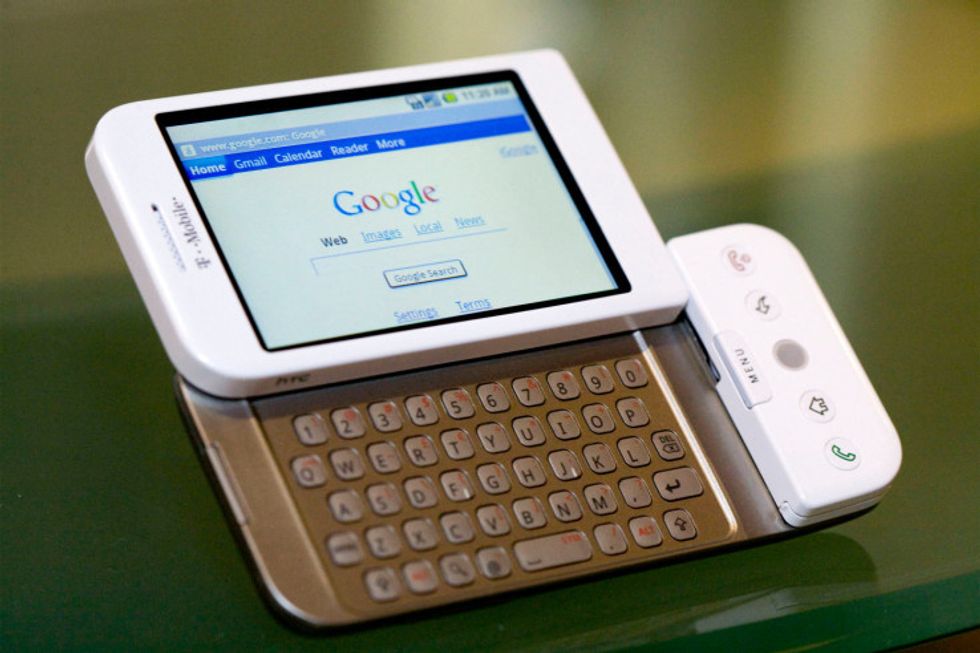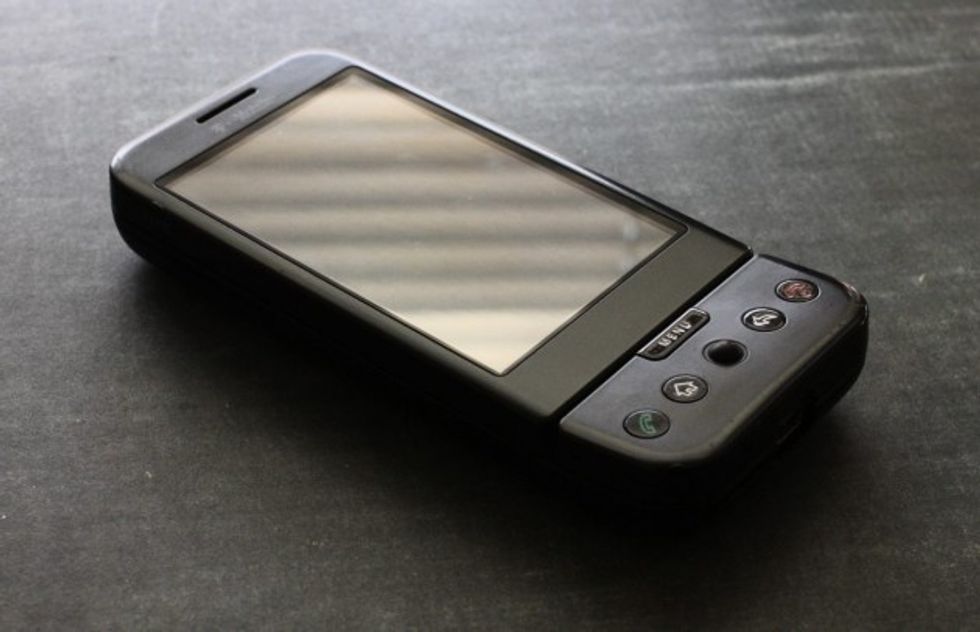Today, the pride of these HTCs has become its past, and this once-in-a-lifetime company has become a past. Sources said, HTC will cut a quarter of its jobs in Taiwan (about 1500). As a result, HTC's global workforce will be less than 5,000, even though it was 19,000 years ago.
At first, HTC relied on the ODM model for OEM OEM production. At the other end, when the smartphone market is emerging, it also owns its own smartphone brand, HTC. At the time, the dominant player in this field was the BlackBerry (belonging to RIM before 2013), but in 2007, HTC was killed by a breakthrough in WM6.0 and touch-screen technology.
In 2008, HTC introduced the Touch series including Touch Diamond, Touch Pro, Touch 3G, and Touch HD. They are responsive and long-lasting, and even have a front-facing camera for video calls on the Touch Pro... These cutting-edge designs have left countless compliments for people at the time.
In addition, HTC's first-hand user interface (Sense UI) also makes Windows Mobile easier to get started. At that time, WM's main rivals were RIM's BlackBerry OS and Nokia's Symbian series, but its operating experience was so friendly to new users, and sometimes even shut them out. HTC does the best thing it can do – using its own UI philosophy to provide users with a range of convenient experiences, many of which are even used in 2018.
In the same year that the Touch series was released, HTC and Google released the first Android device - HTC Dream (T-Mobile customized version called G1. Translator's Note: Another official G series model is called G2 Desire Z, also a customized version of T-Mobile. Models such as G3, G7, etc., which we are familiar with, are popular folk names. At the time, it was an impeccable mobile phone (although this is also true for the iPhone), and the success of this phone laid the foundation for the subsequent boom in HTC. So we quickly saw Hero, Droid Incredible, Evo 4G··· and the shocking Google Nexus One.
After G1, HTC used its interface design on WM system on Android, and it has a profound impact on Android. Its self-developed interface makes Android more attractive and affinitive, and on the other hand it also allows Android to achieve a market position comparable to IOS.
However, the good times did not last long. In 2010 and 2011, Google handed over the manufacturing rights of the second and third generation sons (Nexus) to Samsung. At this time, Samsung also began to catch up, using its Galaxy series to leave a backdrop for HTC. HTC did not show weakness, 2012 One X, 2013 One Max, and 2014 One (M8) are proof of its strength. But they still failed. Samsung took the lead of Android and left HTC, Sony and LG far behind.
At the end of 2010 , HTC was also the number one mobile phone supplier in the US. But after four years , it fell to Apple, Samsung, and LG with a 6% share. By 2017, that number becomes 2.3%, despite news predict this year it may only reach 0.5%.
Last year, Google spent $ 1.1 billion acquisition of HTC's mobile phone business , the transaction will be more than 2,000 employees related to Google's inclusion of the bag, and they are likely to continue playing Pixel in Google's product line. For a long time, the team's work is all good, but it does not mean that they have failed in research and development. You know, there are many external reasons worthy of further investigation. The heart of HTC's flagship equipment has never stopped beating.
Today, HTC's focus has shifted to Vive. This may be a sensible move - at least it is still the best VR platform at the moment, but such a familiar image has appeared in the former HTC, we had to hope that the same ending will not be played again.






 The minimum wage is not a living wage.
StableDiffusion
The minimum wage is not a living wage.
StableDiffusion
 influential nations
StableDiffusion
influential nations
StableDiffusion













